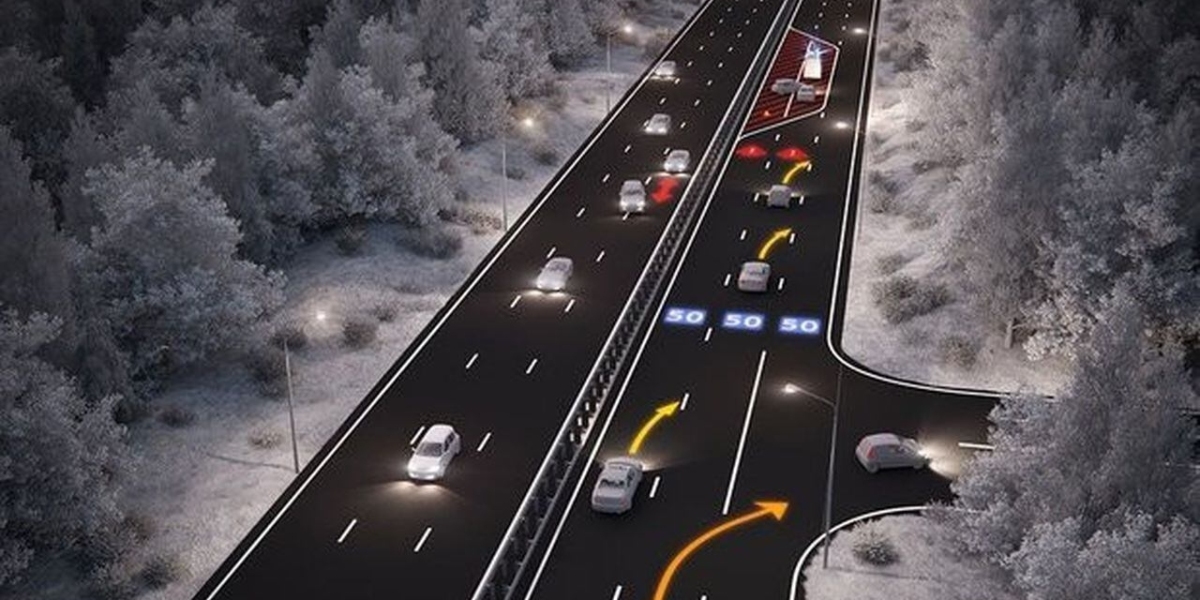Smart highway systems are the future of transportation infrastructure. These digitally enhanced roads utilize advanced technologies like sensors, connectivity, and data analysis to optimize traffic flow, provide real-time routing assistance, and improve overall safety. Let's examine some of the key components of a smart highway network.
Sensors for Traffic Monitoring
These include inductive loop sensors buried under pavement to detect vehicle presence, speed, and classification. Video and radar sensors are also installed on overpasses and poles to capture aerial images of traffic flows. The sensors generate real-time data on vehicle counts, speeds, road capacities, and incidents that is transmitted wirelessly to traffic management centers. This information allows engineers to spot congestion early and respond appropriately.
Connected Vehicle Technology
Smart highways leverage vehicle-to-infrastructure (V2I) communication using technologies like dedicated short-range communication (DSRC) or cellular-based 5G networks. As vehicles travel down the highway, they can connect to network access points installed alongside roads. This allows the vehicles and infrastructure to share important data with each other. For example, connected vehicles can receive alerts about traffic accidents, congestion, weather conditions, roadwork zones and optimal routes from the network. In turn, vehicles also transmit anonymous data about their location, speed and direction back to traffic control centers.
Traffic Management and Routing Assistance
The real-time traffic and vehicle data captured by sensors and connectivity is processed using advanced analytics at traffic management centers. This powers a range of intelligent transportation systems (ITS) applications that help optimize traffic flow. Variable speed limit signs can be adjusted dynamically based on current road capacity. Congested sections can be detected early and diversion routes suggested via electronic signboards. Stuck vehicles in incidents can be located precisely for faster response by emergency crews. Drivers also receive tailored navigation instructions via their connected vehicles or smartphones to avoid delays. Over time, traffic modeling and predictions will improve to become even more proactive.
Infrastructure Monitoring and Maintenance
In addition to traffic monitoring, Smart Highways are instrumented with a variety of embedded sensors to inspect the condition of roads and bridges. Pavement sensors can detect temperature changes, moisture levels, cracks, and vibration to pinpoint infrastructure weaknesses. Structural health monitoring systems on bridges utilize sensors to continuously measure parameters like load stresses, corrosion, movement and stability. Any anomalies detected by these infrastructure sensors are automatically reported to maintenance teams for inspection and repair work before serious issues arise. This predictive approach can help extend the useful life of roads and bridges more cost-effectively.
Improving Safety with V2X Communications
A major goal of smart highway systems is enhancing safety by leveraging vehicle-to-everything (V2X) communications. Connected vehicle technologies allow vehicles to directly warn each other of dangerous situations in real-time via DSRC or 5G signals. For instance, if a car suddenly brakes hard on a curvy downhill slope, a signal can be transmitted to approaching vehicles some distance away to slow down preventively. Intersection collision warnings are another example where stopped vehicles at traffic signals can notify oncoming drivers of their presence to avoid right-angle crashes. Roadway workers near live traffic lanes can also use V2X signals to alert drivers of their location for additional caution. This perceptive approach aims to reduce accidents by enabling vehicles to sense and communicate hazards beyond normal line-of-sight.
Cybersecurity is Paramount
While smart highway technologies promise great benefits, cybersecurity should be a top priority from the ground up. Wireless communications networks and embedded control systems are vulnerable to new threats such as hacking, data manipulation, and disabling of critical functions if not properly safeguarded. Robust measures must be implemented at all levels from infrastructure to vehicles. This includes encryption of transmitted signals, authentication of network participants, segmentation of operational domains, monitoring for anomalies, regular security updates, and response planning in the event of attacks. Only with robust cyber protections can the full potentials of smart mobility become reality in a trustworthy manner.
Smart highway initiatives around the world are still in development and deployment phases. Full-scale transformations will take time as technology evolves and standards solidify. Yet the forward momentum is strong given the clear societal advantages and economic returns on transportation infrastructure investments. In the mid-term, we can expect more advanced traffic modeling, pervasive connectivity, greater use of renewable energy sources, and synergies with shared autonomous vehicle fleets. Longer-term possibilities involve flyways for drones and cargo deliveries, smart ramp metering, highly automated roadworks, and even smart highways that charge electric vehicles wirelessly enroute. Overall, this intelligent infrastructure revolution brings us closer to realizing sustainable mobility systems that are safer, greener and optimized for livability in smart cities.
Get more insights on This Topic- Smart highways
Explore More Articles - Myopia Control Lenses Market









